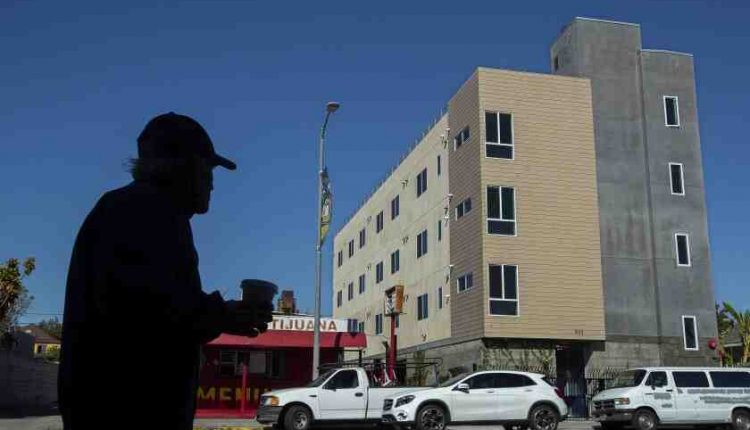Encinitas approved the revised housing project after the state warned of the action
A slightly revised but still very controversial, multi-storey settlement proposed for the southern edge of Olivenhain received City Council approval on Wednesday (June 8th) after months of pressure from government officials and litigation by project investors.
The final project, unanimously approved by the council, envisions a complex of 250 units with 50 units for low-income earners. The previous proposal was for a 277-unit complex, with 41 low-income units. Other changes included removing one story about the structures closest to the neighboring houses, plus adjusting the roofline in places.
All of the nearly 20 public speakers on the case, with the exception of the project promoter, said recent design changes had eased some of their concerns, especially with traffic congestion and fire evacuation problems, but council members said the new design was much better than previous.
And, they said, denying developer Randy Goodson the permits he now needs to continue isn’t actually in the city’s best interest given recent views by government officials on the conflict, plus the results of the Bankers Hill San Diego lawsuit. The lawsuit, lost by opponents of the project, is cited as a precedent when it comes to the legality of the state’s Density Bonus Act, which aims to increase affordable housing in California.
It is now a “responsible matter” to approve the latest version of the Encinitas apartment plans, councilor Tony Kranz said, stressing that the city’s chances of winning the lawsuit are very slim given the Bankers Hill case.
Both Mayor Catherine Blakespear and Councilwoman Kellie Shay Hinze said the city needed additional housing units to provide the project, but stressed that it was not easy to get to this point. Blakespear called it a “long and arduous process”; Hinze said it was “long and really painful”.
Sign up for the Encinitas Advocate newsletter
The best stories from Encinitas every Friday for free.
You may from time to time receive promotional content from Encinitas Advocate.
Council member Joe Mosca noted that much has happened in the last six months alone, including court activities and the involvement of civil servants. In March, the state’s attorney’s office announced it was very interested in Encinitas apartment plans and would hold the city responsible if it did not approve what was expected to be a revised proposal soon. Earlier in the year, state housing officials informed Encinitas that it also risks revoking the approval of its state housing plan if it does not change the way it handles the situation.
It is proposed that the development of Encinitas Apartments be located on almost 7 acres, mostly an empty place located near the busy boulevard of Encinitas and the intersection of Rancho Santa Fe Road. Although the site is mostly visible from Rancho Santa Fe Road near Shopping Center 7-11, it is suggested that the main access point be Encinitas Boulevard via private McCain Lane.
Much of the surrounding neighborhood consists of posh houses on large plots, and neighbors have fought fiercely against development plans, which would include some five- and six-story structures that reach up to 60 feet in height. The previous version of the development plans was rejected by the city planning committee last August, and the city council in November rejected an investor’s appeal of the planning committee’s decision. After the council rejected the appeal, the developer sued, and government officials began considering the issue.
On Wednesday, June 8, council members were tasked with reviewing their denial in November and accepting the newly revised development plans.
Goodson pointed out to the council that its latest design reduces the height of buildings closest to neighboring houses. He also mentioned the various improvements the project will provide on nearby roads and stressed that his project will provide more low-income housing than is needed to meet state standards of the Density Bonuses Act.
“We really hope that you will follow the state law and your own commitment to the city (its housing plan),” he concluded.
Council member Joy Lyndes said she believes the latest version of the plans is an improvement over the version the city rejected last year.
“I like what I saw today,” she said, noting that removing one of the stories near existing homes was significant.


